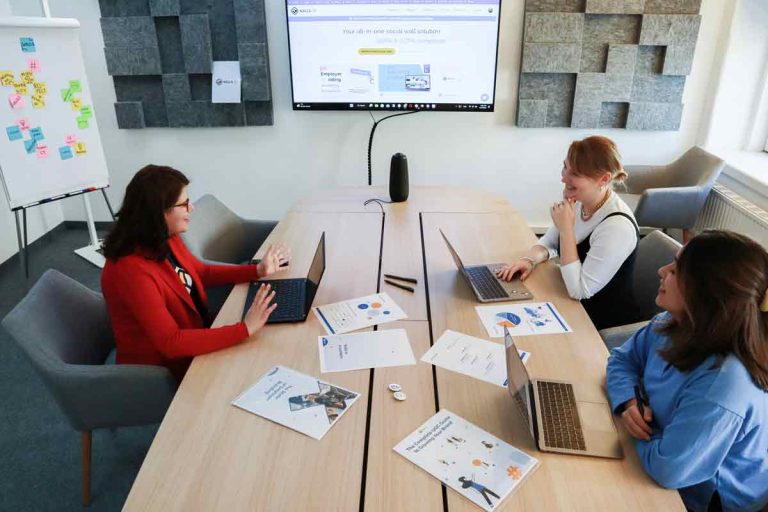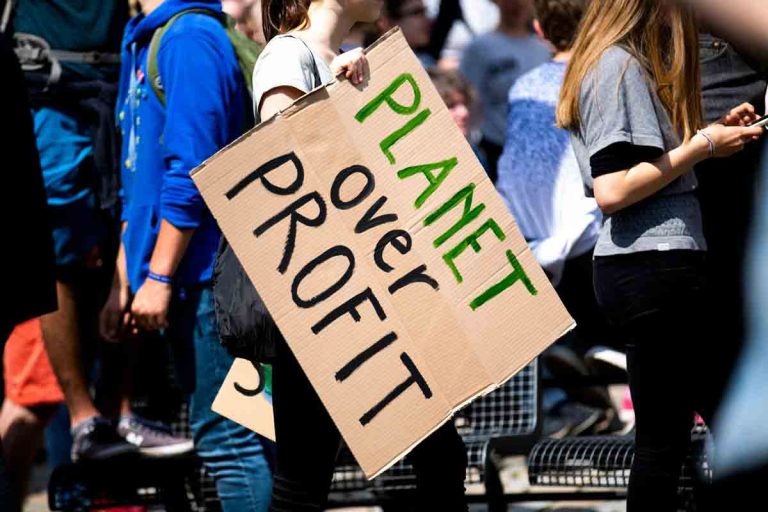Paragraph On Social Media – Is This a Blessing?
In a world where the digital landscape continually evolves, that’s why I write this paragraph on social media.
From the humble beginnings of chat rooms to the expansive realms of Instagram stories and TikTok trends, social media has transformed the way we interact, share, and connect. But beyond its surface dazzle of likes and retweets lies a profound revolution in human connectivity.
Join me on a journey as we delve into the intricate web of social media, exploring its impact, its challenges, and its boundless potential to shape our collective future.
So, let’s have fun exploring social media together!
| List of Social Media | Description | Number of Users (approx.) |
|---|---|---|
| A platform for connecting with friends, sharing updates, photos, and videos. | 2.8 billion | |
| YouTube | A video-sharing platform where users can upload, watch, and comment on videos. | 2.3 billion |
| A messaging app for sending texts, voice messages, photos, and videos, with end-to-end encryption. | 2 billion | |
| A photo and video-sharing platform where users can share moments through posts and stories. | 1.2 billion | |
| A multi-purpose messaging, social media, and mobile payment app widely used in China. | 1.2 billion | |
| TikTok | A short-form video platform where users create and share entertaining videos. | 1 billion |
| Facebook Messenger | Facebook’s messaging app for private and group chats, voice and video calls, and sharing media files. | 1.3 billion |
| Telegram | A messaging app known for its security features, allowing private and encrypted communication. | 500 million |
| Snapchat | A multimedia messaging app where users can share photos and videos that disappear after viewing. | 500 million |
| Douyin | The Chinese version of TikTok offers short-video creation and sharing functionalities. | 600 million |
| Kuaishou | A Chinese video-sharing app where users can create and share short videos and live streams. | 300 million |
| X (formerly Twitter) | A microblogging and social networking service where users can post and interact with short messages called tweets. | 330 million |
| Sina Weibo | A Chinese microblogging website similar to Twitter, allowing users to share short messages, images, and videos. | 530 million |
| A Chinese messaging and social media platform offering features like messaging, games, and microblogging. | 800 million | |
| A visual discovery and bookmarking platform where users can find ideas for various interests and hobbies. | 400 million |
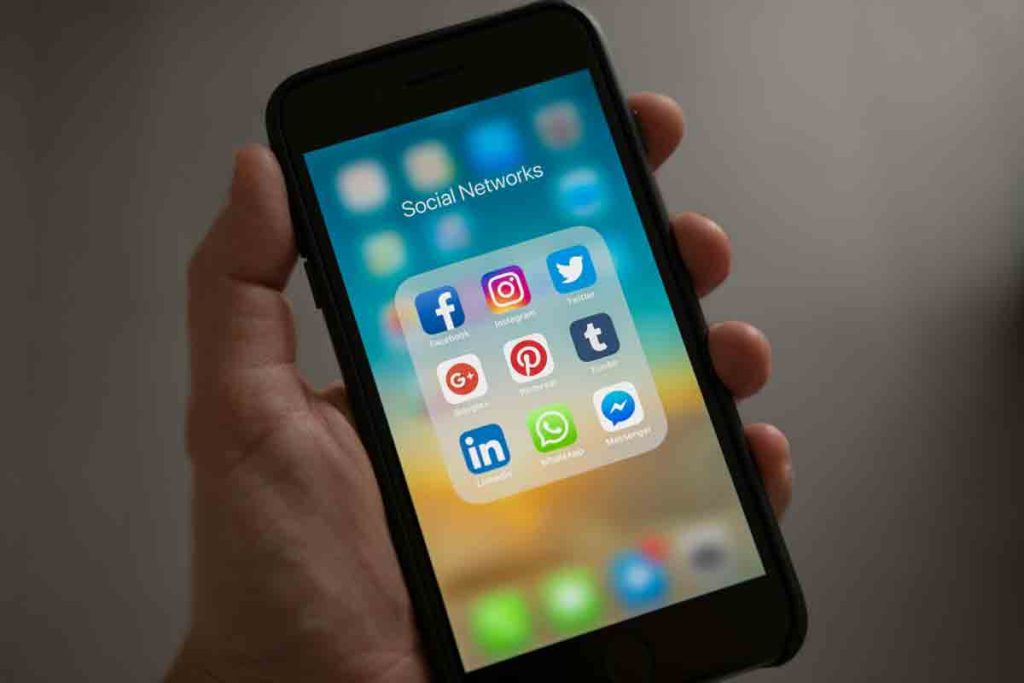
Paragraph On Social Media 100 Words
Social media is like a giant playground on the internet! It’s where you can meet new friends, share cool stuff, learn, have fun, and study new things. It’s a bit like having a big party with people worldwide, even if they’re far away! You can chat about your favorite study subject, toys, games, or pets. It’s awesome because you can make many new friends and learn about different places and things. But remember, just like in real life, it’s important to be kind and stay safe online too!
Paragraph On Social Media 150 Words
Social media, a cornerstone of the digital age, encompasses a diverse array of online platforms and applications that facilitate communication, interaction, and content sharing among individuals and groups worldwide.
From social networking sites like Facebook and Twitter to photo-sharing platforms such as Instagram and Snapchat, social media has transformed the way people connect, collaborate, and express themselves in the virtual realm.
Its pervasive influence extends across various domains, including culture, business, politics, and interpersonal relationships, shaping trends, amplifying voices, and driving societal change. While social media offers unparalleled opportunities for connectivity, information dissemination, and creative expression, it also presents challenges such as privacy concerns, misinformation, and mental health issues.
As we navigate the complexities of the social media landscape, it is crucial to recognize its power and potential, striving to leverage its benefits while addressing its drawbacks to create a responsible and inclusive digital environment for all users.
Paragraph On Social Media 200 Words
In our contemporary world, social media platforms serve as powerful tools that profoundly influence various aspects of our lives. On the positive side, they offer unparalleled opportunities for global connectivity, enabling individuals to establish and maintain relationships regardless of geographical boundaries. This connectivity fosters a sense of belonging and support, particularly crucial in an era characterized by physical separation and isolation.
Moreover, social media platforms provide platforms for self-expression, creativity, and activism, empowering individuals to amplify their voices and advocate for causes they believe in. Whether through sharing personal stories, showcasing artistic endeavors, or mobilizing support for social change, these digital platforms offer unprecedented opportunities for individuals to engage with a global audience and drive positive societal transformations.
However, alongside these merits, social media also presents innumerable challenges, particularly concerning mental health and well-being. The pervasive culture of comparison and perfectionism cultivated on these platforms can lead to detrimental psychological effects, such as feelings of inadequacy, low self-esteem, and even depression. The relentless pursuit of validation through likes, comments, and followers often fuels an unhealthy cycle of seeking external approval, detracting from authentic self-worth and fulfillment.
It’s important to remember to be mindful, which means paying attention to how we feel when we use social media. We should also set healthy limits on how much time we spend online and who we talk to. Making real friends and having fun offline is just as important as making friends online. By doing these things, we can make social media a positive place and keep ourselves happy and healthy.
Social Media Paragraph 250 Words
Social media has become an integral part of modern life, revolutionizing the way we communicate, share information, and interact with others. However, its influence on mental health is a subject of ongoing debate.
Social media platforms emerged in the late 20th century with the advent of platforms like Six Degrees and Friendster. However, it wasn’t until the mid-2000s that platforms like Facebook, Twitter, and YouTube gained widespread popularity, ushering in the era of social networking.
Social media facilitates instant communication and connection with friends, family, and communities worldwide. It fosters a sense of belonging and support, especially for individuals who may feel isolated geographically. Moreover, it serves as a platform for self-expression, creativity, and activism, enabling individuals to share their thoughts, ideas, and causes with a global audience.
Despite its advantages, social media has a dark side. The constant exposure to curated, often idealized portrayals of life can lead to feelings of inadequacy and low self-esteem. Moreover, the addictive nature of social media, characterized by endless scrolling and seeking validation through likes and comments, can disrupt sleep patterns and productivity. Additionally, the proliferation of misinformation and cyberbullying on these platforms poses serious risks to mental well-being.
Research indicates a complex relationship between social media usage and mental health. While some studies suggest a correlation between excessive social media use and conditions like anxiety, depression, and loneliness, others highlight the positive impact of online social support networks on mental well-being.
Whether social media is a blessing or a curse remains nuanced. While it offers unprecedented opportunities for connection, expression, and activism, its detrimental effects on self-esteem, sleep patterns, and social comparison cannot be overlooked. Ultimately, it’s essential to approach social media usage mindfully, balancing its benefits with strategies to safeguard mental well-being in the digital age.
Below I write the complete information so that you can write your own social media paragraph.
What is Social Media?
Social media refers to digital platforms and applications that enable users to create, share, and interact with content in virtual communities. These platforms facilitate the exchange of information, ideas, and multimedia content among individuals and groups, often in real time. Social media has revolutionized communication, connecting people across geographical boundaries and fostering new forms of social interaction.
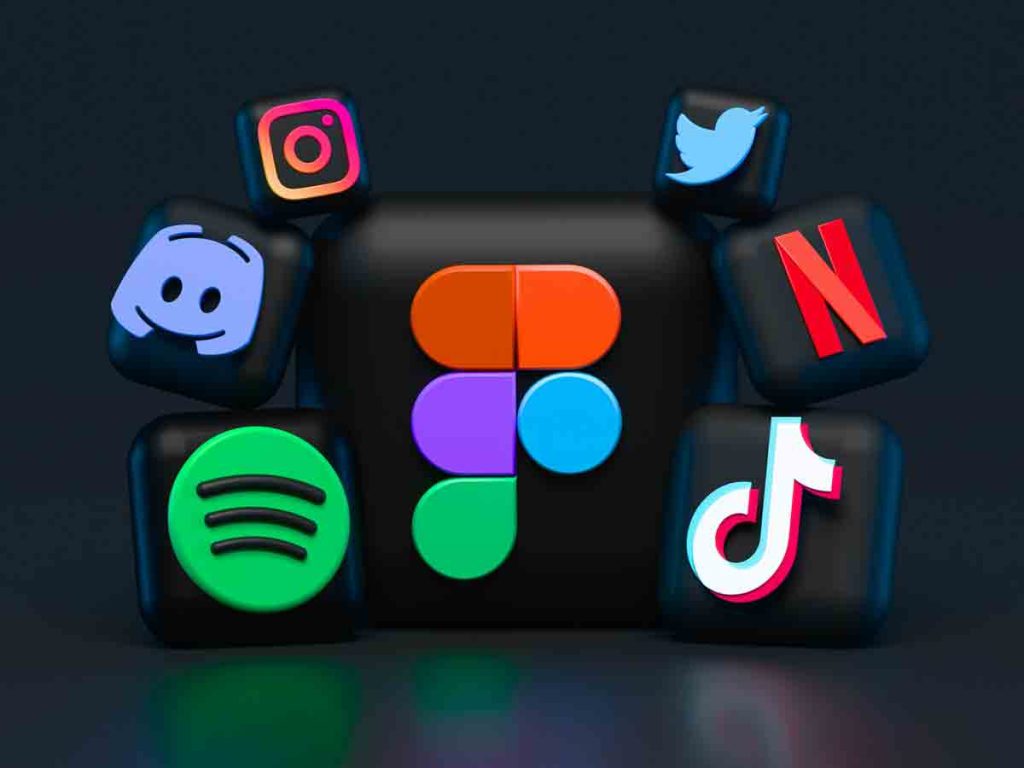
Types of Social Media
- Social Networking Sites: Platforms like Facebook, LinkedIn, and Twitter allow users to create personal profiles, connect with friends, family, and colleagues, and share updates, photos, and videos.
- Microblogging Platforms: Microblogging platforms such as Twitter and Tumblr enable users to share short-form content, often in the form of text-based posts or multimedia content.
- Photo and Video Sharing Platforms: Platforms like Instagram, Snapchat, and TikTok focus on sharing visual content, including photos, videos, and short video clips, often with creative filters and editing tools.
- Professional Networking Sites: LinkedIn is a professional networking platform used for career development, job searching, and networking within specific industries or professional communities.
- Discussion Forums and Communities: Platforms like Reddit and Quora facilitate discussions on a wide range of topics, allowing users to ask questions, share knowledge, and engage in conversations with like-minded individuals.
- Blogging Platforms: Blogging platforms such as WordPress and Medium enable users to create and publish long-form written content, ranging from personal journals to professional articles and opinion pieces.
Benefits of Social Media
- Connectivity: Social media enables individuals to stay connected with friends, family, and communities regardless of geographical distance, fostering relationships and social interactions.
- Information Sharing: Social media platforms serve as valuable sources of information, allowing users to access news, updates, and educational content on various topics of interest.
- Networking and Professional Development: Platforms like LinkedIn provide opportunities for professional networking, career development, and skill-building through online communities and job listings.
- Promotion and Marketing: Social media offers businesses and individuals a powerful platform for promoting products, services, and personal brands, reaching a vast audience through targeted advertising and influencer marketing.
- Creativity and Expression: Social media platforms provide users with tools and features for creative expression, allowing them to share art, photography, writing, and other forms of self-expression with a global audience.
Demerits of Social Media
- Privacy Concerns: Social media raises concerns about data privacy and security, with users’ personal information and online activities susceptible to hacking, data breaches, and unauthorized access.
- Cyberbullying and Harassment: Social media platforms can be breeding grounds for cyberbullying, harassment, and online abuse, with users facing threats, hate speech, and targeted attacks from anonymous individuals.
- Misinformation and Fake News: The viral spread of misinformation and fake news on social media platforms can lead to the dissemination of false information, conspiracy theories, and rumors, undermining public trust and contributing to social polarization.
- Addiction and Mental Health Issues: Excessive use of social media has been linked to addiction, anxiety, depression, and other mental health issues, as users may experience feelings of inadequacy, comparison, and FOMO (fear of missing out) when exposed to curated content and idealized lifestyles.
- Distraction and Productivity Loss: Social media can be a major source of distraction, leading to reduced productivity, procrastination, and time management issues, as users may find themselves constantly checking notifications and scrolling through feeds.
The Social Media Era
| Year | Milestone |
|---|---|
| 1997 | Six Degrees, considered the first recognizable social media site, was launched. |
| 2002 | Friendster emerges, introducing the concept of social networking to a broader audience. |
| 2003 | LinkedIn, a platform for professional networking, is founded. |
| 2004 | Facebook is launched by Mark Zuckerberg and becomes a global phenomenon. |
| 2005 | YouTube is founded, revolutionizing online video sharing and social interaction. |
| 2006 | Twitter is launched, introducing microblogging and real-time communication. |
| 2007 | Tumblr is created, focusing on multimedia content sharing and short-form blogging. |
| 2010 | Instagram is launched, emphasizing photo and video sharing, quickly gaining popularity. |
| 2011 | Snapchat introduces ephemeral messaging, changing how users interact with content. |
| 2012 | Pinterest gains traction, focusing on visual discovery and bookmarking. |
| 2016 | TikTok, initially launched as Douyin in China, expands globally and becomes a sensation. |
| 2018 | GDPR (General Data Protection Regulation) is implemented in the EU, impacting social media privacy policies. |
| 2019 | Facebook surpasses 2 billion monthly active users, solidifying its position as a social media giant. |
| 2020 | Clubhouse, an audio-based social networking app, has gained popularity for its unique format. |
| 2021 | Clubhouse, an audio-based social networking app, gains popularity for its unique format. |
| 2023 | The Metaverse starts gaining momentum as a concept, potentially revolutionizing social media and online interaction. |
The emergence of social media has ushered in a new era of communication and connectivity, profoundly impacting how individuals, businesses, and societies interact and engage with each other. The social media era is characterized by unprecedented access to information, instantaneous communication, and the democratization of content creation and distribution.
In this era, social media plays a central role in shaping cultural trends, influencing public opinion, and driving social and political movements. It has become a powerful tool for advocacy, activism, and social change, empowering individuals and communities to amplify their voices and mobilize support for various causes.
However, the social media era also presents challenges and complexities that require careful consideration and management. As we navigate this digital landscape, it is essential to recognize the potential benefits and risks of social media and work towards harnessing its positive aspects while mitigating its negative impacts on individuals, communities, and societies as a whole.
The Evolution and Impact of Social Media: A Modern Phenomenon
In the last two decades, social media has rapidly evolved from a niche communication tool to an indispensable aspect of modern life. What began as simple platforms for connecting with friends and sharing personal updates has grown into a complex ecosystem influencing various aspects of society, including culture, politics, business, and interpersonal relationships. This article explores the evolution and impact of social media, shedding light on its profound implications in the contemporary world.
The Rise of Social Media
The roots of social media can be traced back to the early days of the internet, with the emergence of platforms like Six Degrees and Friendster in the late 1990s and early 2000s. These platforms introduced the concept of creating online profiles and connecting with others through a digital network. However, it was not until the launch of platforms like MySpace, Facebook, and LinkedIn in the mid-2000s that social media truly began to revolutionize communication and connectivity.
The Expansion of Social Networks
As social media platforms gained popularity, their features and functionalities expanded rapidly. Users could now share not only text-based updates but also photos, videos, and links to articles or websites. The introduction of features such as “likes,” comments, and shares transformed social media into interactive and dynamic spaces where users could engage with each other’s content in real time.
The Influence on Culture and Society
Social media has become a significant driver of cultural trends and societal norms. Platforms like Instagram and TikTok have redefined beauty standards and influenced fashion, while Twitter has become a platform for political discourse and social activism. The viral nature of content on social media has the power to shape public opinion, mobilize movements, and bring about social change.
Social Media Addiction

Social media addiction refers to a compulsive and excessive use of social media platforms that interferes with daily life, relationships, work, and overall well-being. Similar to other forms of addiction, such as substance abuse or gambling, social media addiction involves a loss of control over one’s behavior despite negative consequences.
Symptoms of social media addiction may include:
- Preoccupation with social media: Constantly thinking about or planning to use social media.
- Withdrawal symptoms: Feeling anxious, irritable, or depressed when unable to access social media.
- Tolerance: Needing to spend increasing amounts of time on social media to achieve the same level of satisfaction.
- Failed attempts to cut back: Trying unsuccessfully to reduce social media use.
- Neglecting responsibilities: Ignoring work, school, or social obligations in favor of social media.
- Interference with relationships: Spending more time engaging with social media than with friends, family, or romantic partners.
- Using social media to escape or cope with problems: Turning to social media as a way to avoid dealing with real-life issues or emotions.
- Negative impact on mental health: Experiencing feelings of inadequacy, jealousy, or depression triggered by comparing oneself to others on social media.
- Hiding or lying about social media use: Concealing the extent of one’s social media habits from others.
Several factors can contribute to the development of social media addiction, including the addictive nature of social media platforms, the desire for social validation and approval, fear of missing out (FOMO), and underlying psychological issues such as depression or low self-esteem.
To address social media addiction, individuals may benefit from strategies such as setting limits on usage, engaging in alternative activities, seeking social support, practicing mindfulness, and, in severe cases, seeking professional help from therapists or support groups specializing in addiction treatment. Additionally, creating a healthy balance between online and offline activities is essential for maintaining overall well-being in the digital age.
The Impact on Mental Health
While social media has connected people across the globe, it has also raised concerns about its impact on mental health. Studies have shown a correlation between excessive social media use and feelings of loneliness, anxiety, and depression. The curated nature of social media feeds can lead to unrealistic comparisons and feelings of inadequacy, contributing to poor self-esteem and body image issues, particularly among young users.
The Role in Business and Marketing
Social media has revolutionized the way businesses engage with their customers and market their products or services. Platforms like Facebook, Instagram, and LinkedIn offer powerful tools for targeted advertising, allowing businesses to reach specific demographics with precision. Influencer marketing has also emerged as a popular strategy, with brands partnering with social media personalities to promote their products to a larger audience.
The Challenges of Misinformation and Disinformation
The proliferation of fake news and misinformation on social media has emerged as a significant challenge in the digital age. The viral spread of false information can have far-reaching consequences, from influencing election outcomes to fueling public health crises. Social media companies have faced mounting pressure to combat misinformation by implementing fact-checking measures and algorithmic changes to prioritize credible sources.
The Future of Social Media
As technology continues to advance, the landscape of social media is likely to undergo further transformations. Emerging trends such as virtual reality (VR) and augmented reality (AR) are poised to reshape the way users interact and engage with social media content. Additionally, the ethical and regulatory implications of social media, including data privacy and content moderation, will remain subjects of ongoing debate and scrutiny.
In conclusion, social media has become an integral part of modern life, influencing how we communicate, consume information, and perceive the world around us. While it offers unprecedented opportunities for connectivity and expression, it also poses challenges that must be addressed to ensure a healthy and responsible digital environment. As we navigate the ever-evolving landscape of social media, it is essential to recognize its power and potential impact on society while striving to harness its benefits for the greater good.
How Does Social Media Impact Business?
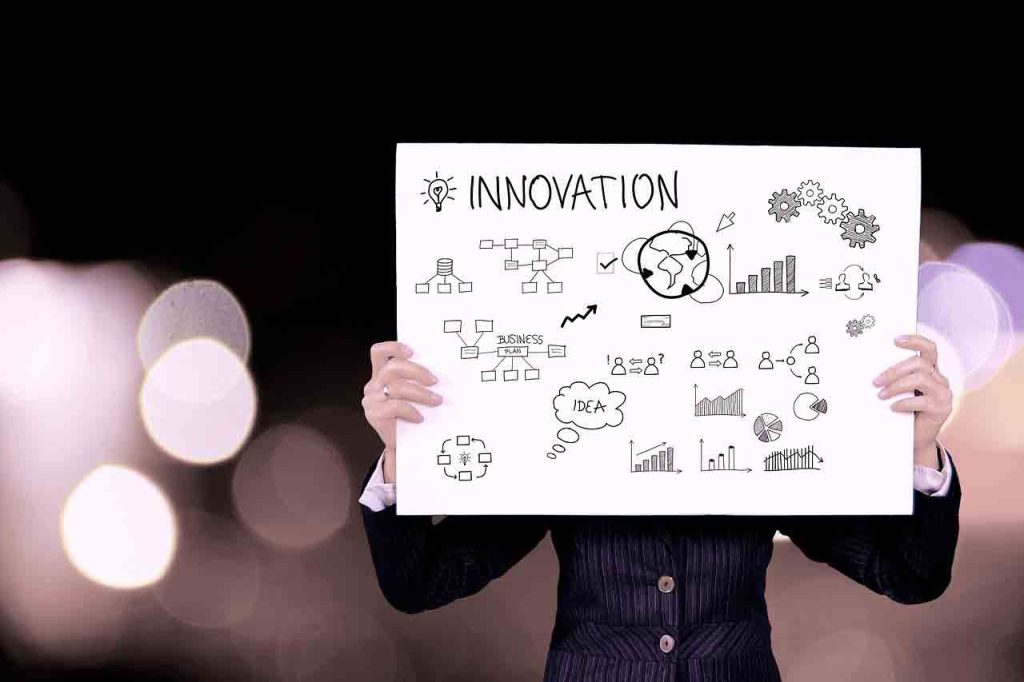
Social media enhances business by amplifying visibility through targeted advertising and engaging directly with customers. It fosters brand awareness by showcasing personality and values, while also serving as a platform for market research and feedback collection. Through social media, businesses can drive traffic to their websites, blogs, or online stores, thereby increasing sales and conversions. Additionally, it facilitates content distribution, enabling businesses to establish thought leadership and expertise. Overall, social media plays a pivotal role in connecting businesses with their audience, promoting products or services, and achieving marketing goals efficiently.
Does Social Media Affect Relationships?

Social media’s influence on relationships is profound and multifaceted. While it facilitates connection, it also introduces complexities. On one hand, platforms like Facebook and Instagram enable effortless communication and sharing of experiences, enhancing closeness among partners. However, excessive use can breed jealousy, as individuals compare their relationships to curated online portrayals. Moreover, constant connectivity can lead to dependency, diverting attention from meaningful interactions offline. Privacy concerns and misunderstandings arising from online interactions can strain relationships. Yet, when used mindfully, social media can enrich relationships by fostering communication and shared experiences, emphasizing the importance of balance in its utilization.
Social Media Related Helpful Word Meaning:
| Term | Meaning |
|---|---|
| Social Media | Online platforms and websites that allow users to create and share content, connect with others, and interact. |
| Hashtag | A word or phrase preceded by the ‘#’ symbol, is used to categorize content and make it discoverable on social media. |
| Post | Content shared on social media platforms, including text, images, videos, and links. |
| Like | A feature on social media platforms that allows users to indicate their approval or appreciation of a post. |
| Share | To repost or distribute someone else’s content on social media. |
| Comment | Feedback or responses left by users on social media posts. |
| Follower | A user who subscribes to another user’s updates or content on social media. |
| Profile | A user’s personal page on a social media platform typically displays information about them. |
| Timeline | A chronological display of a user’s posts and activity on a social media platform. |
| Trending | Topics or hashtags that are currently popular or widely discussed on social media. |
| DM (Direct Message) | Private messages are sent between users on social media platforms. |
| Engagement | Interactions such as likes, comments, shares, and clicks on social media content. |
| Algorithm | A set of rules or calculations used by social media platforms to determine what content users see in their feeds. |
| Influencer | A user who has a significant following and can influence others’ opinions and behaviors on social media. |
| Viral | Content that spreads rapidly and widely across social media platforms. |
| Analytics | Data and statistics that provide insights into the performance of social media content and accounts. |
| Filter | Effects or adjustments applied to photos or videos on social media to enhance or alter their appearance. |
| Emoji | Small digital images or icons used to express emotions or ideas in electronic communication. |
| Tagging | Associating a person, brand, or location with a social media post to notify or involve them in the conversation. |
| Verification Badge | A symbol indicating that a social media account is authentic and belongs to a public figure or notable entity. |
| Privacy Settings | Controls that allow users to manage who can see their content and interact with them on social media. |
| News Feed | A constantly updating stream of content from friends, pages, and groups that a user follows on social media. |
Conclusion
Social media, while offering connectivity and information sharing, also presents significant challenges such as privacy concerns, misinformation, and mental health impacts.
My paragraph on social media gives you an idea of how to use social media properly.



